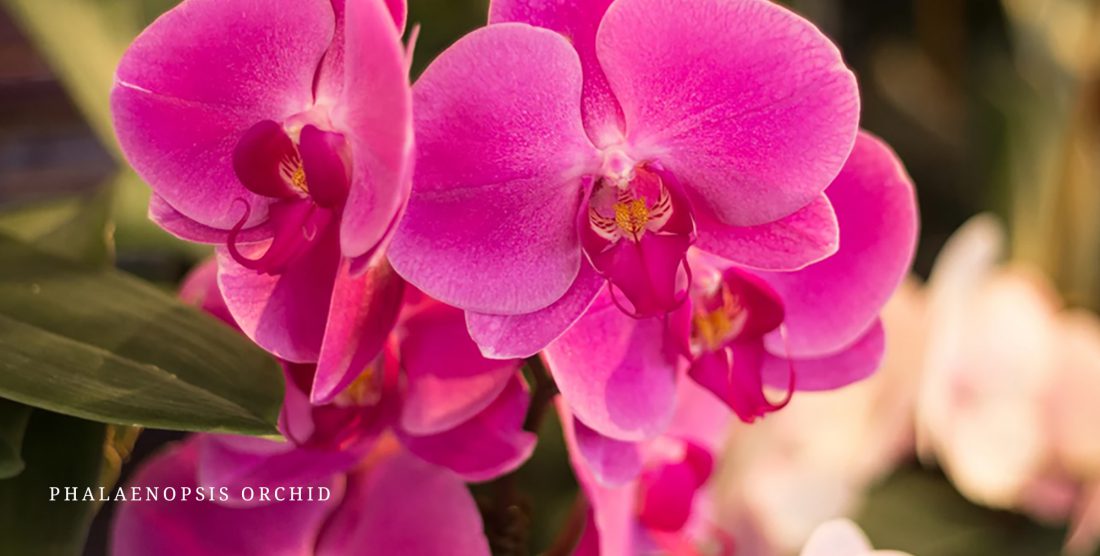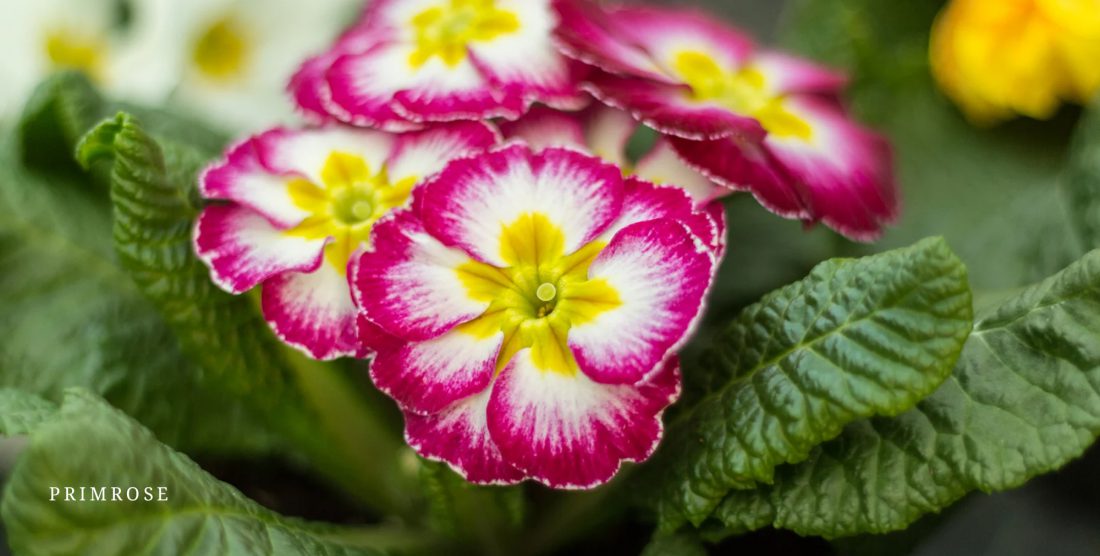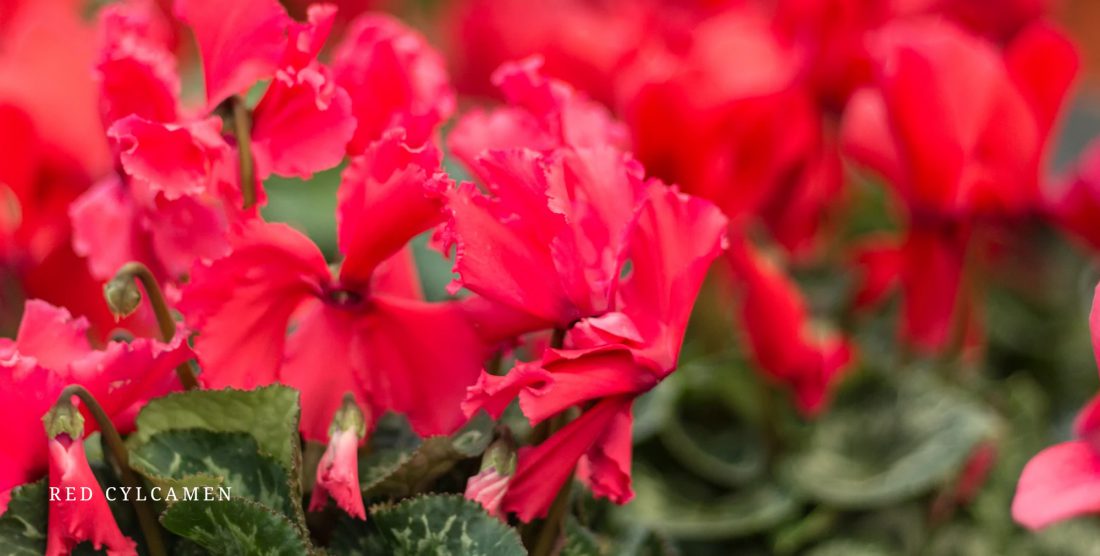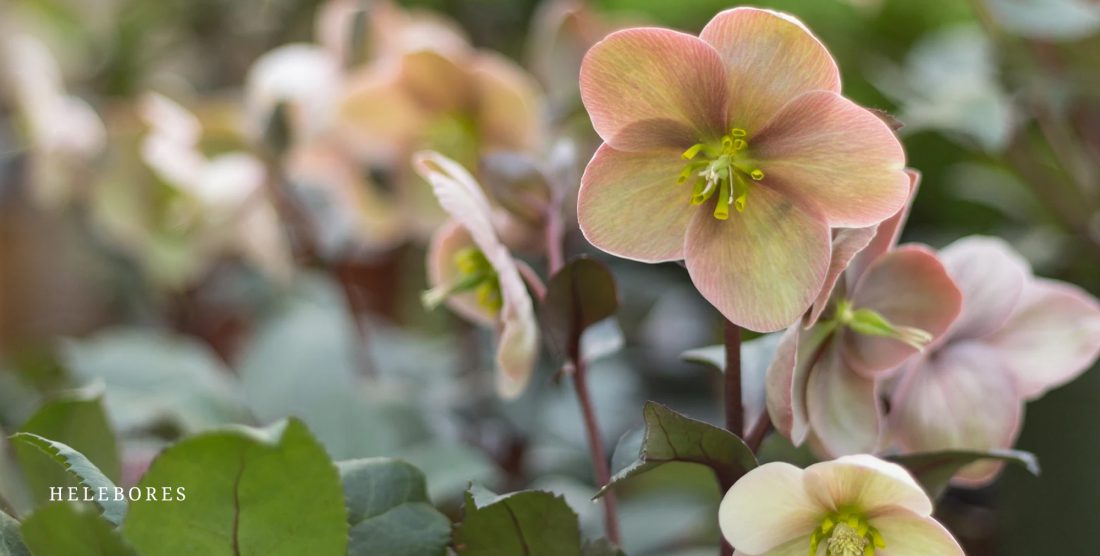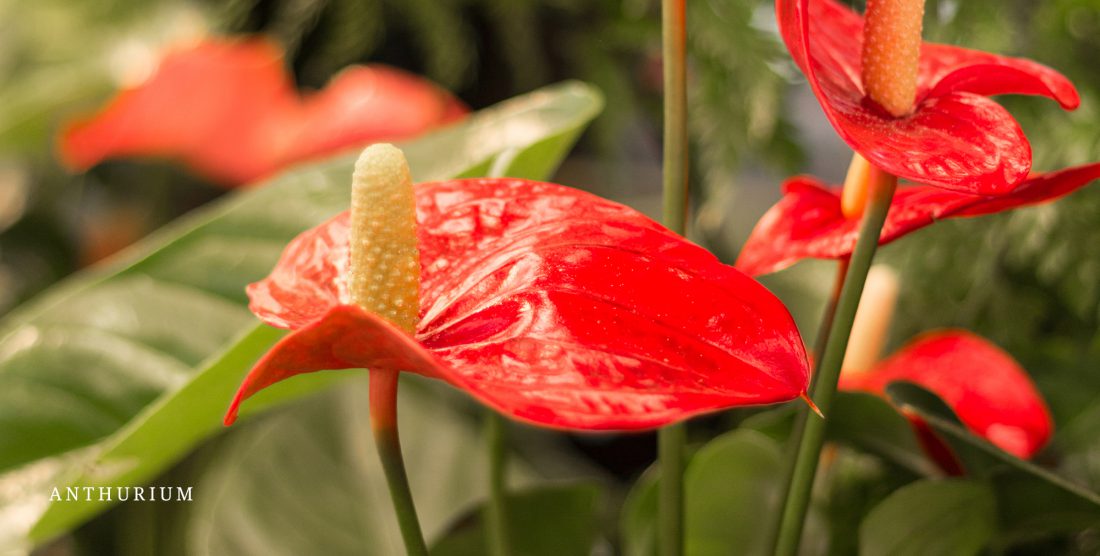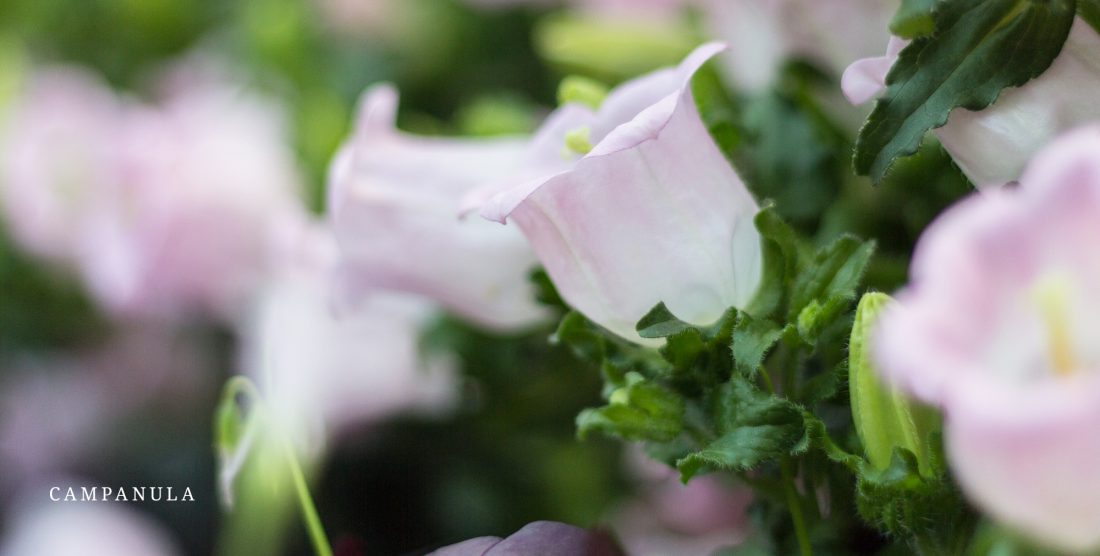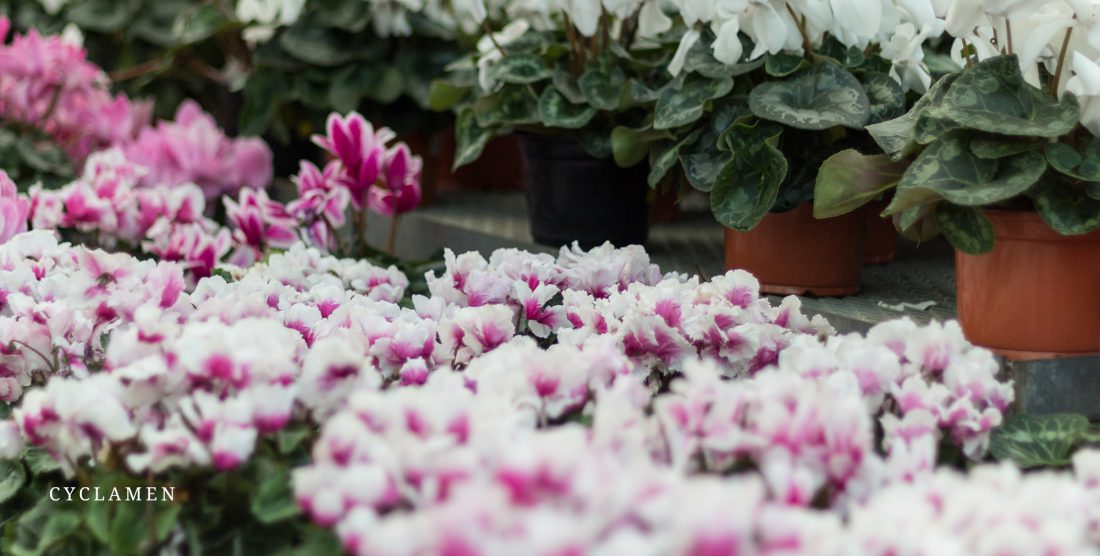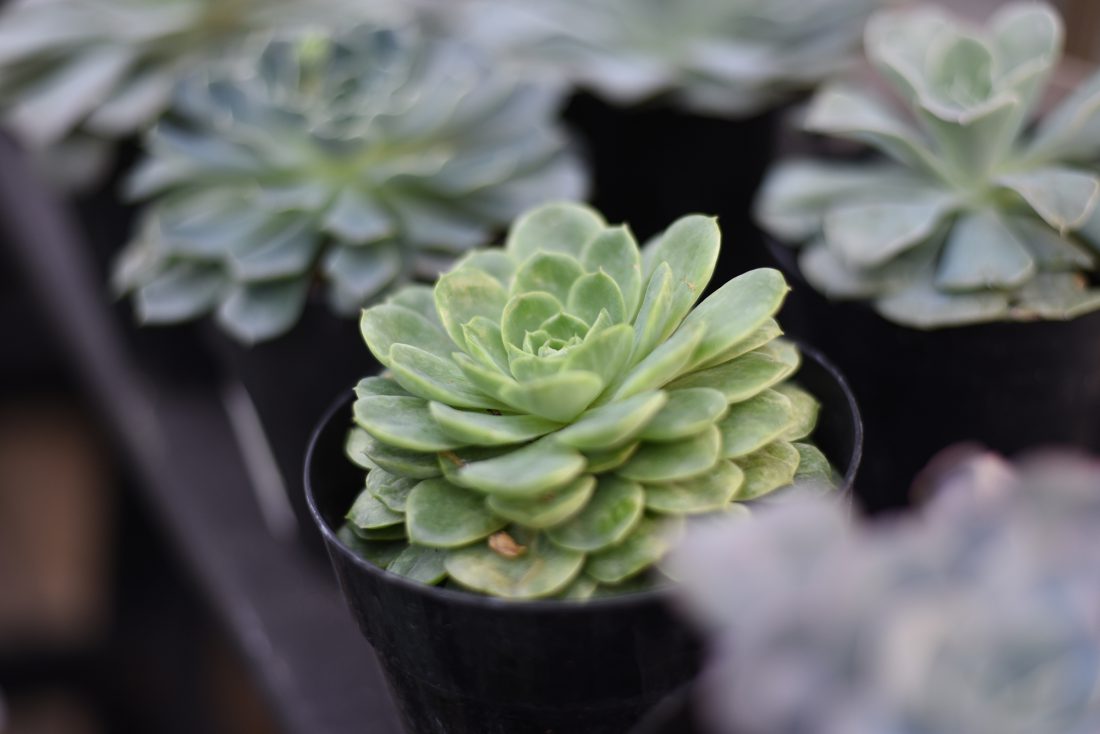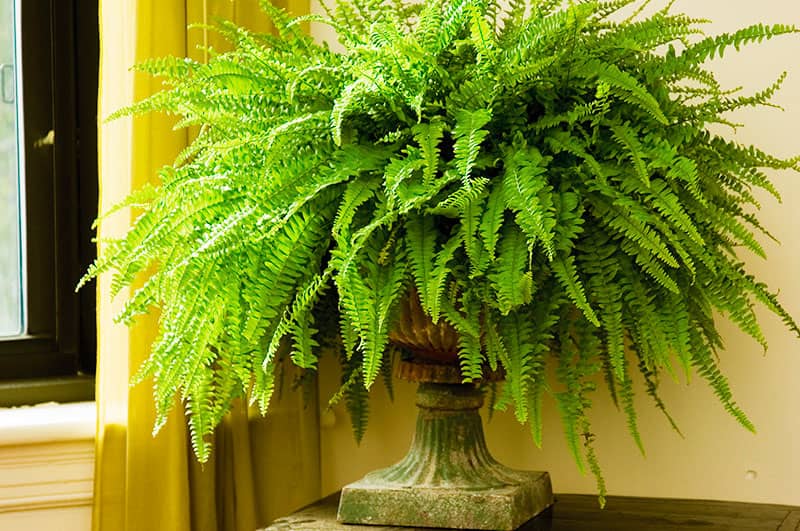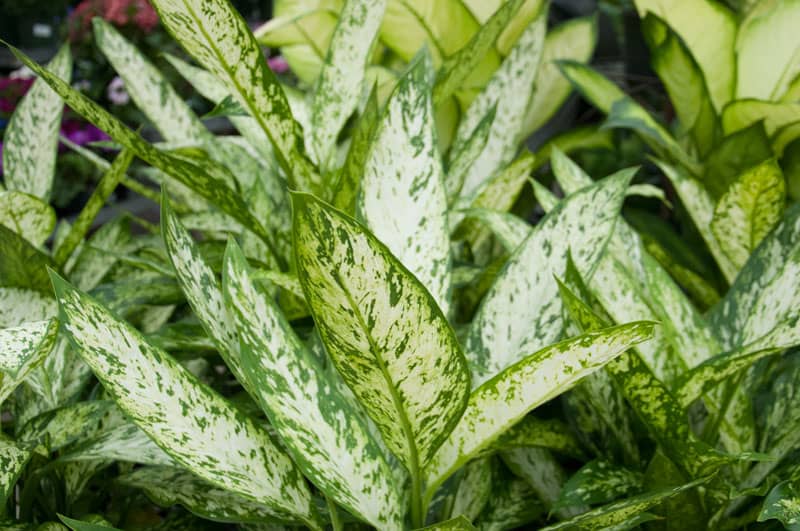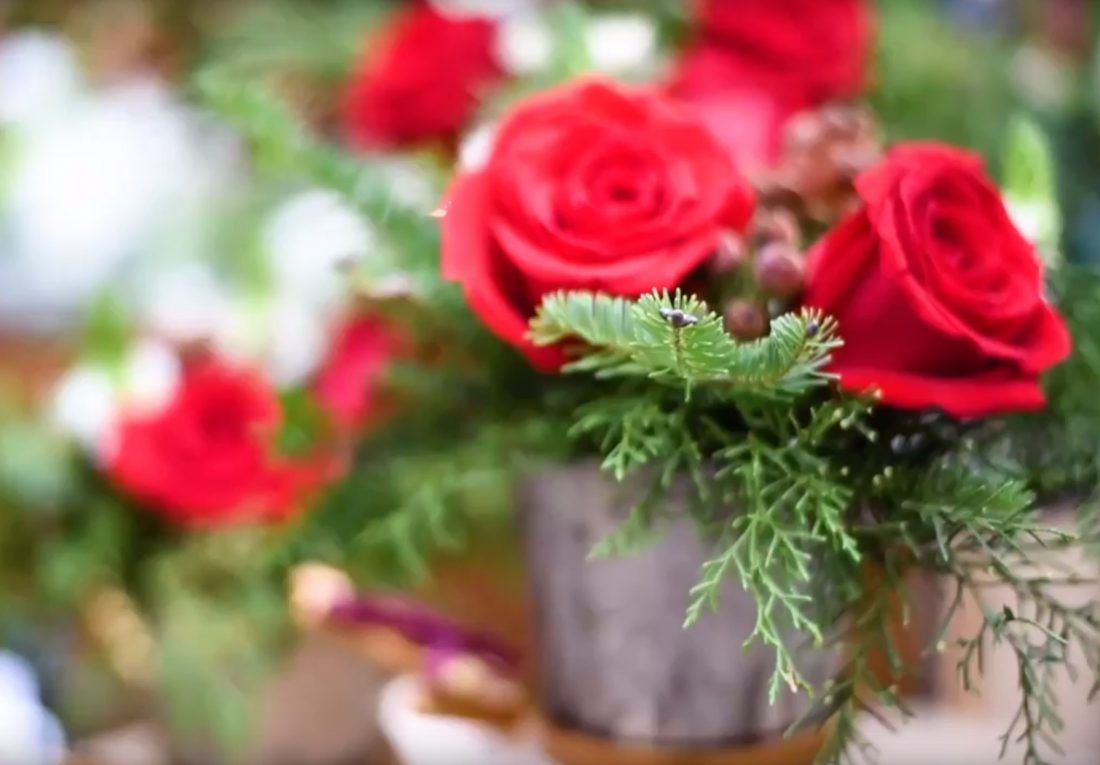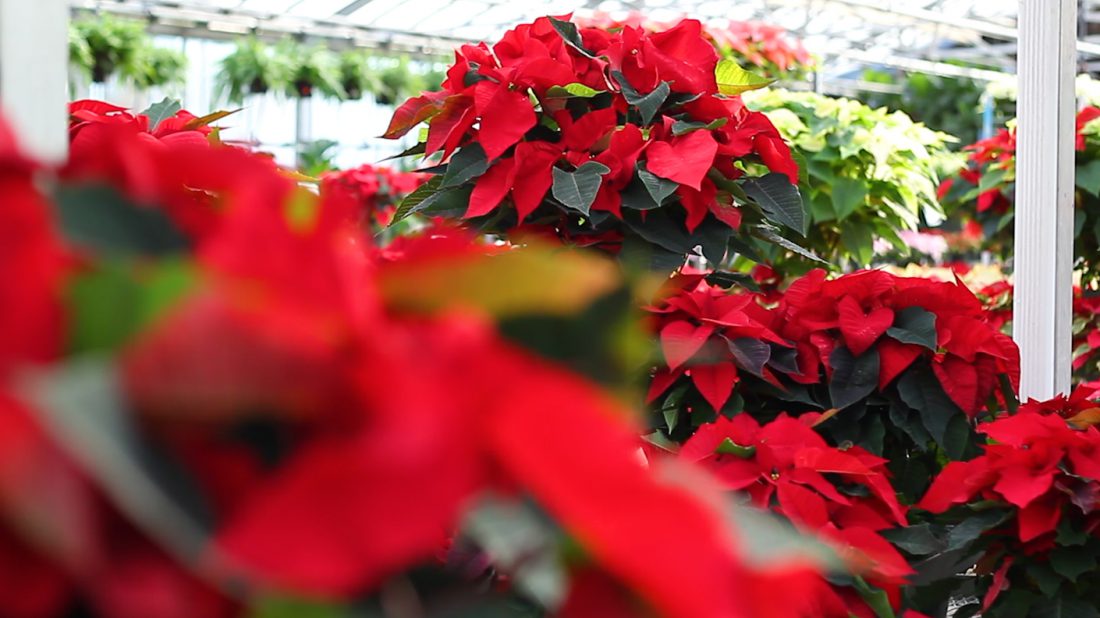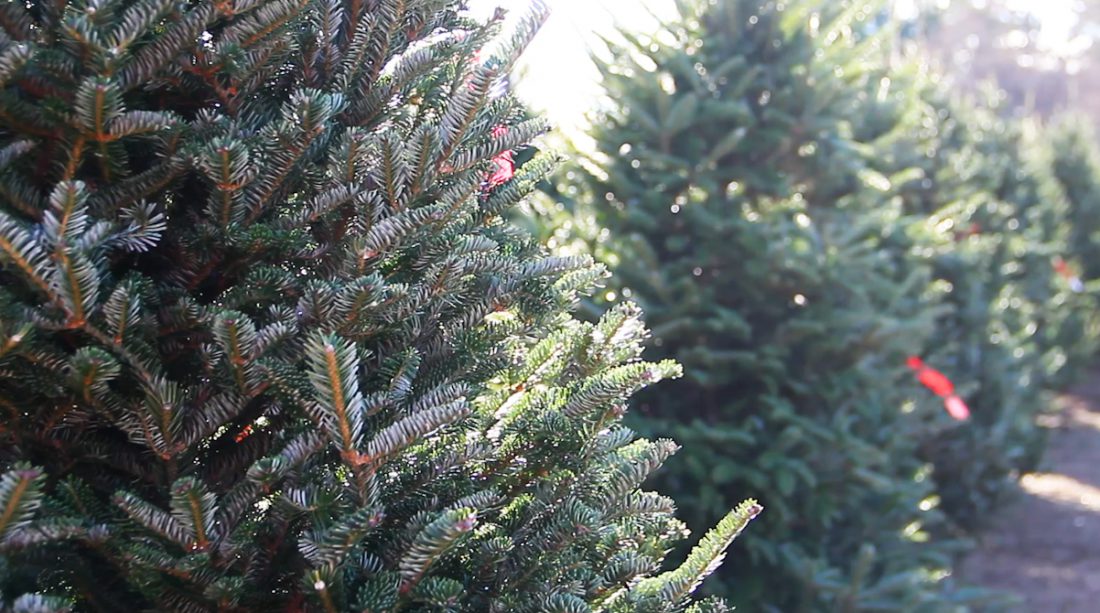January 7, 2018
In
Feature, Houseplants
Airborne toxins such as formaldehyde, TCE and benzene are present in every home and office. That’s because these compounds are found in countless products used everyday: paints, varnishes, plastics, rubber, insulation and particleboard. Even permanent-pressed clothes, grocery bags and facial tissue contribute harmful toxins in the air you breath. Worse yet, symptoms from these toxins include eye, nose and throat irritation, headaches, allergic dermatitis, chronic respiratory diseases and neuropsychological problems. Yikes!
Houseplants fight air pollution by absorbing these harmful contaminants. NASA researchers discovered that certain houseplants can reduce indoor pollutants by 87 percent in 24 hours. So, why not add several plants to your home and office? You’ll love the look and breathe easier, too!
1. FICUS ELASTICA – RUBBER PLANT
This beatiful plant will grow to be a dramatic feature in any home or office
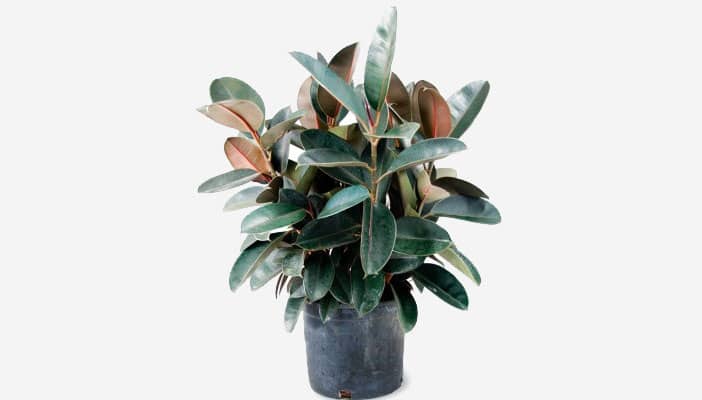
A bold tree, with its large, rubbery leaves, on stems as straight as exclamation points! This variety is a winner indoors – give it as much indirect light as possible and keep away from drafts – you’ll have plently of joyful years ahead with your new houseplant. Although they enjoy humidity, they also tolerate lower humidity levels.
2. ARACEAE EPIPREMNUM – POTHOS
An easy indoor vine that anyone can grow.

While In the wild they can overwhelm a hundred foot tall tree; in your house they will simply trail nicely down a plant stand. One of the top ten clean air plants, Pothos help remove formaldehyde, benzene, and carbon monoxide from the air. When a vine gets too long, simply prune it from the top (close to the soil) to encourge new growth near the center of the plant.
3. ARACEAE SPATHIPHYLLUM – PEACE LILY
Thrives in lower light – so it’s lovely in dining and living rooms, offices, etc. Purifies the air, too.
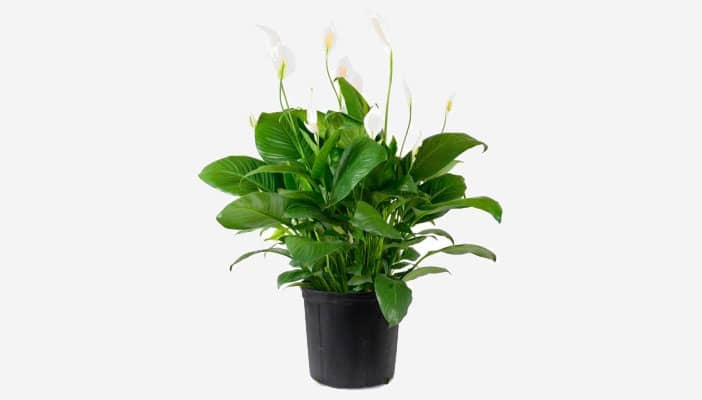
Another one of our very popular “Easy Care” houseplants, these beautiful Peace Lilies have striking white flowers and beautiful foliage.They remove air borne toxins, too! They like water and misting more in the summer, less in the winter. They can bloom twice a year if fertilized. Try the slow release Osmocote.
4. FICUS BENJAMINA – FICUS TREE
A beautiful tree that you can grow in your house.

This Ficus tree is a classic in office lobbies and atriums It tolerates some full sun but is best in filtered sun. Do not overwater; allow the soil to dry and inch or two below the surface. What it like best is to be keep in one spot; moving it from one environment to another can cause it to drop leaves. Allow it to acclimate if you are dramatically changing its home.
5. DRACAENA FRAGRANS “MASSANGEANA” – CORN PLANT
A houseplant that thrives in either bright or low light!

One of our most popular “Easy Care” houseplants, this low maintenance miracle resembles the leaves of corn stalks. Although it tolerates neglect, be sure to not over-water or over-fertilize, and never place your corn plant in a draft or direct sun. This slow-growing houseplant will give you visual pleasure for years to come!
6. AGLAONEMA – CHINESE EVERGREEN
One of the easiest houseplants to grow – now available in exciting new hybrids.
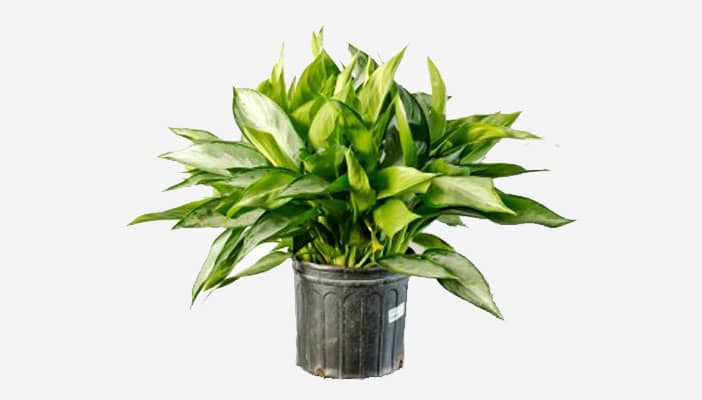
Aglaonema are popular at home, dorms and offices because they are both great looking and very dependable. Check out the hybrids for fresh new color options. In general the green varieties tolerate low light whereas the colorful varieties need brighter light (check tag). Considered a lucky plant in Asian culture, Aglaonema like to be kept moist but not soaking wet.
7. CHAMAEDOREA ERUMPENS – BAMBOO PALM
Looking for a palm that tolerates shade? Stop right here!
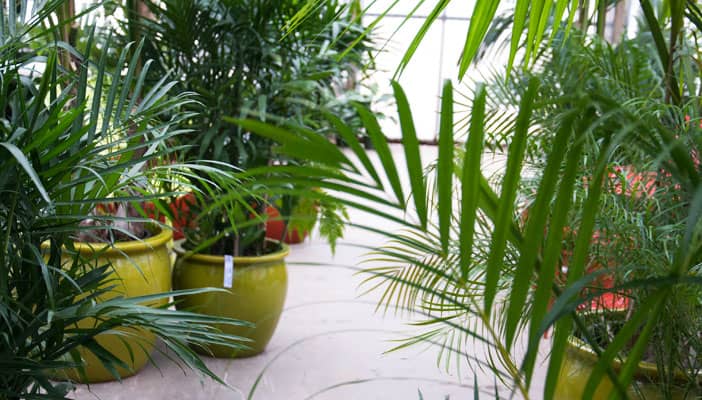
Beautiful, tall and graceful, this palm adapts well to a variety of different light environments. Plus it’s proven to help clean the air toxins in your home or office. Although this palm is relatively low-maintenance, it likes to be misted once in a while. An inexpensive, beautiful addition to your decor!
8. SYNGONIUM PODOPHYLLUM – ARROWHEAD VINE
Great easy care houseplant for a hanging basket or as a climber!
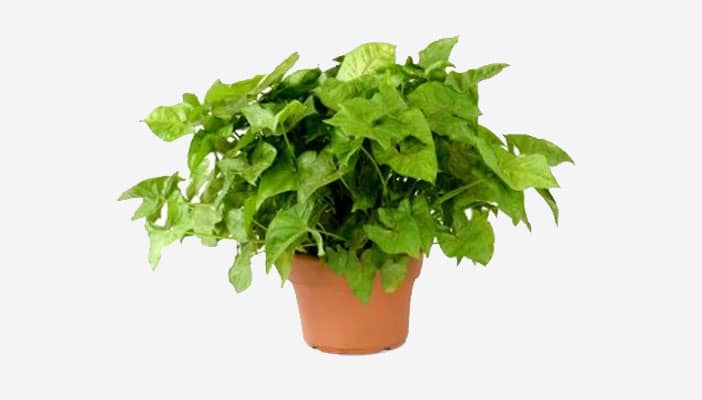
The arrow-shaped leaves on this easy houseplant make it a great option for places where a climber or hanger work better. Arrowhead vines will tolerate low light but will grow much better in bright, indirect light. They like to be moist at all times, but not soggy. Arrowhead vines like to be root-bound and therefore do not need to be repotted very often.
9. SCHEFFLERA ARBORICOLA – ARBORICOLA
The perfect match for anyone wanting a houseplant!

You can’t beat an Arboricola! It can tolerate a wide variety of soil types and light conditions. Depending on where you place your plant and how much light it gets, you might have different size & colored leaves, but your Arboricola will love you just the same! During the winter watch the moisture levels and mist as needed. One tip is to place the pot on a tray of river rocks.
![]() ????https://mahoneysgarden.com/florist/seasonal/
????https://mahoneysgarden.com/florist/seasonal/

